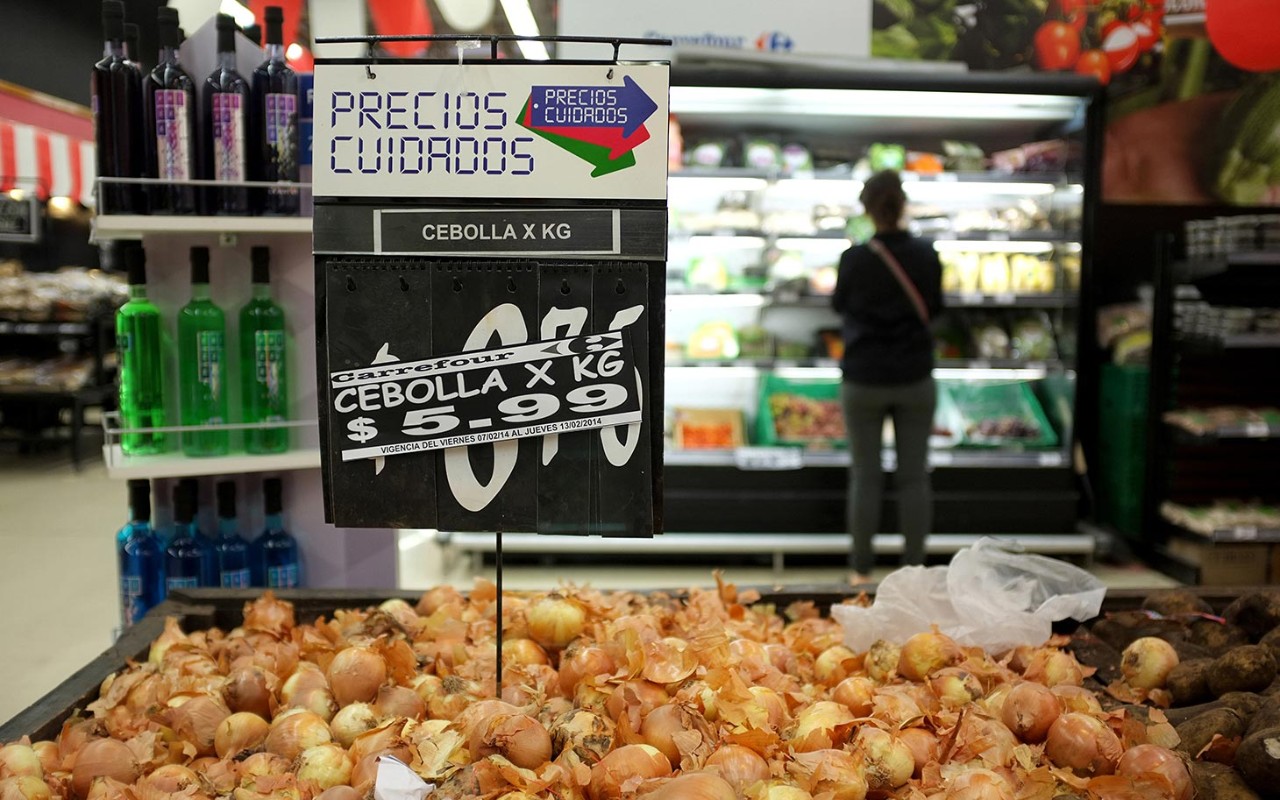Based on INDEC (National Institute of Statistics and Censuses) figures, the Fernández government has had the worst inflation performance in the last 30 years.
Cumulative inflation in the term is already higher than that in the same period of the Macri government.
The government of Alberto Fernández is facing defeat in the field of the “war against inflation” announced last March.
Since then, the annual inflation rate has risen from 55.1% to 83% at the end of September, and the monthly inflation rate has consolidated at around 6% since July.

Despite the government’s criticism of the previous administration (right), the current administration’s (left) inflation performance to date is even worse.
The average level of retail prices has increased by 233% since December 2019, the first 33 months of Alberto Fernández’s term.
Similarly, retail prices increased by 124% in the first 33 months of former President Mauricio Macri’s term, which is 110 percentage points lower overall than the current government.
The so-called “income policy” systematically pursued by the government has not produced the desired results.
Moreover, economic heterodoxy failed again with the repeated repetition of price controls and collusion.
The Fernández government has relaunched the “Precios Cuidados” program a total of six times in just three years, applied the “Precios Máximos” plan during the 2020 pandemic, and Economy Minister Sergio Massa announced the new “Precios Justos” program in October.
The only option for the government is to continue controls and regulations on the economy.
The primary fiscal indicators of the Argentine economy became unbalanced again after the change of political signs.
With them came a solid monetary and quasi-fiscal imbalance in the Central Bank.
The primary deficit of the National Public Sector (NPS) increased from 0.44% of GDP in December 2019 to 6.45% of GDP by the end of 2020 due to the pandemic shock and the Keynesian stimulus program of Kirchnerism.
Even after the pandemic, the primary deficit is currently equivalent to 2.74% of GDP, according to statistics from the Ministry of Economy for the month of September.
The size of the national government has increased by 4.6 percentage points since December 2019, excluding interest on the national debt.
Total revenues have increased by 2.6 percentage points since then, so the gap between the two indicators has also widened.

